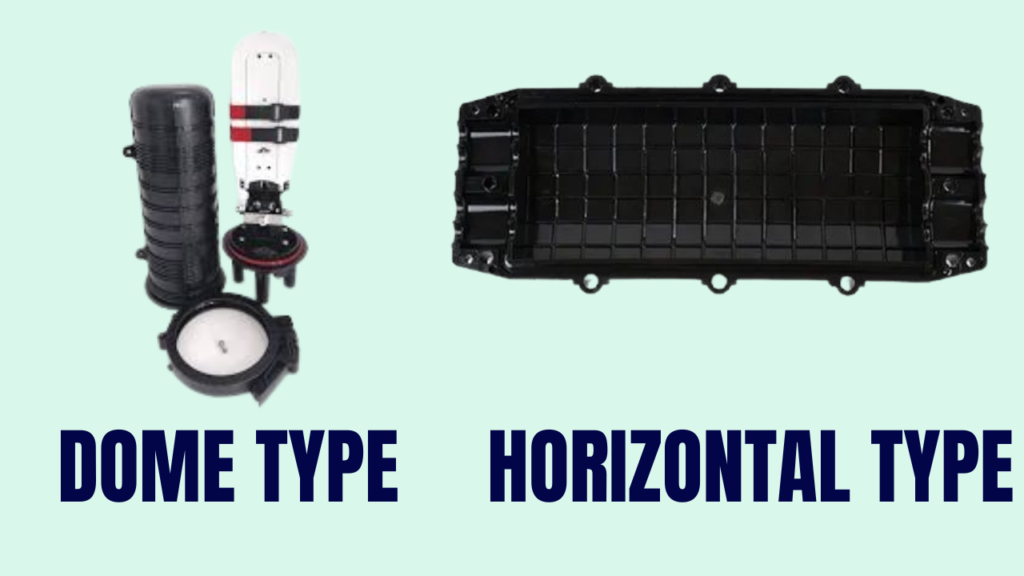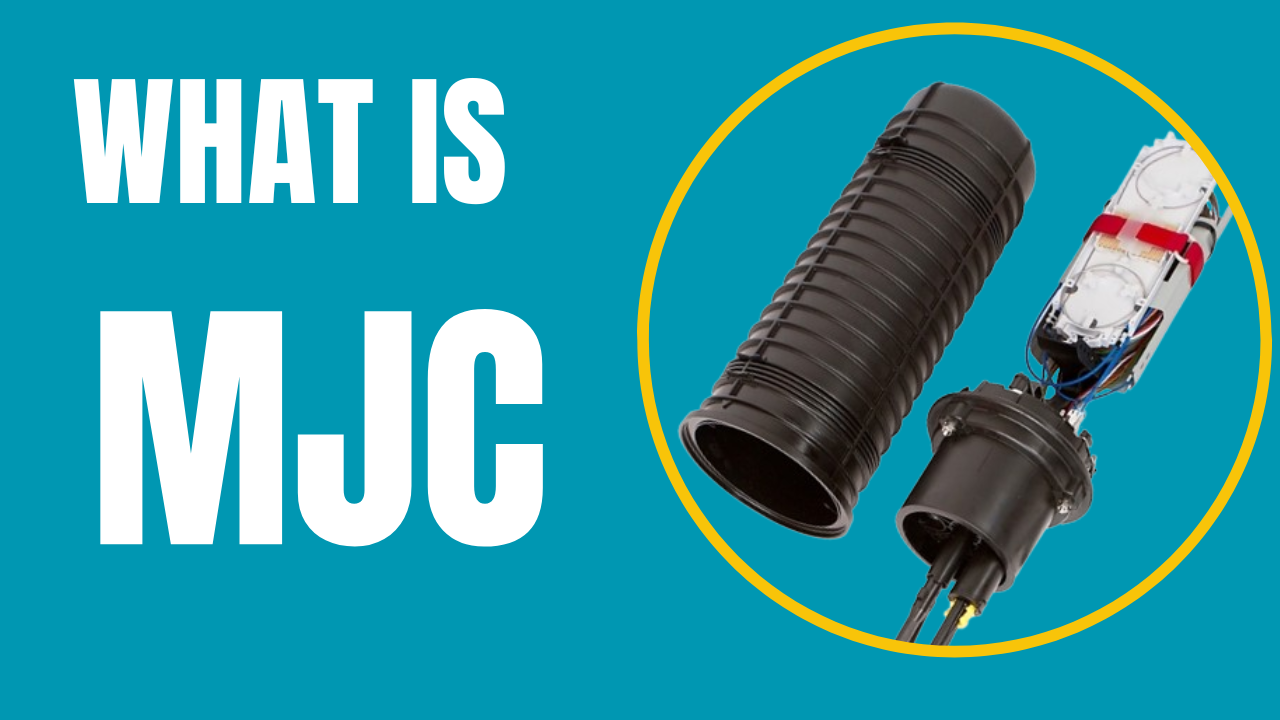Introduction
Broadband networks are the backbone of modern communication, providing fast and reliable internet for homes, businesses, and industries. One crucial component in ensuring the seamless operation of these networks is the main joint closure (MJC). Main joint closures protect and organize fiber optic connections, which are essential for delivering uninterrupted broadband services. In this post, we will explore the significance, functionality, and future of main joint closures in broadband infrastructure.
What Are Main Joint Closures (MJCs)?
Main joint closures are protective enclosures used to house and secure fiber optic splices and connections. These closures are designed to shield delicate fiber optic cables from environmental elements such as moisture, dust, and extreme temperatures. MJCs are composed of several components, including a durable closure shell, splice trays, seals, and cable entry ports. The type of MJC chosen depends on the specific needs of the installation environment and the scale of the broadband network.
How Do Main Joint Closures Work?
The primary function of main joint closures is to provide a safe and secure environment for fiber optic cable splicing. During installation, fiber cables are stripped, aligned, and spliced, with the connection then sealed within the closure. This process ensures that the splices remain protected from moisture, dust, and other environmental factors that could degrade the signal quality. Furthermore, MJCs allow for easy maintenance and inspections, enabling technicians to perform repairs or upgrades efficiently.
Types of Main Joint Closures
There are two main types of main joint closures commonly used in broadband networks:
Dome-Type Closures
Dome-type closures are typically used in both aerial and underground installations. They have a cylindrical shape and are built to withstand harsh environmental conditions.
Horizontal-Type Closures
These rectangular closures are most commonly found in manholes and handholes. Horizontal closures are selected for installations that require more space for fiber splicing and maintenance.
Choosing the right MJC type depends on the installation environment, the number of fiber connections, and the long-term maintenance requirements of the network.

Benefits of Main Joint Closures in Broadband Networks
Main joint closures offer several key benefits that contribute to the long-term performance and reliability of broadband networks, including:
- Enhanced Reliability and Durability: MJCs are designed to protect fiber optic connections from environmental hazards, ensuring a reliable and durable broadband infrastructure.
- Protection from External Elements: These closures create a sealed environment that shields fiber splices from moisture, dust, and temperature fluctuations, minimizing the risk of service interruptions.
- Versatility in Installation: MJCs can be adapted for a wide range of installation environments, whether aerial, underground, or in handholes, offering flexibility for broadband providers.
Challenges and Solutions in MJC Use
While main joint closures are critical for network protection, they do come with certain challenges. These include ensuring proper sealing, managing excess cable slack, and planning for future network expansions. To address these challenges, broadband providers should:
- Use high-quality materials that provide long-lasting seals.
- Conduct routine inspections to maintain optimal performance.
- Employ skilled technicians for installation and regular maintenance.
Implementing best practices for MJC installation and maintenance ensures that closures perform effectively, safeguarding the integrity of the entire broadband network.
Read More : IPTV: The Future of Television – How It Works, Benefits, and Why You Should Switch
The Future of Main Joint Closures in Broadband Networks
The future of main joint closures in broadband networks looks promising, with ongoing advancements in materials and sealing technologies. As broadband networks continue to expand, there is a growing demand for compact and versatile MJCs that can handle higher fiber counts and offer more efficient installation processes. Innovations in smart closures that enable remote monitoring and diagnostics are also on the horizon, ensuring faster response times for maintenance and reducing operational downtime.
Conclusion
Main joint closures play an essential role in maintaining the reliability and efficiency of broadband networks. By protecting fiber optic connections from environmental damage, they ensure the longevity and performance of broadband services. As the telecommunications industry evolves, MJCs will continue to be a critical component in the development of future broadband infrastructures. Understanding the importance of MJCs and following best practices for installation and maintenance will help ensure a robust, high-performance broadband network for years to come.
